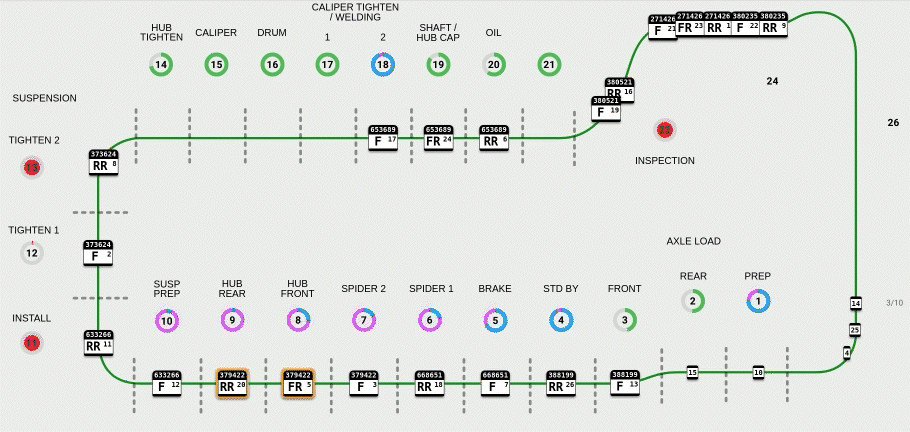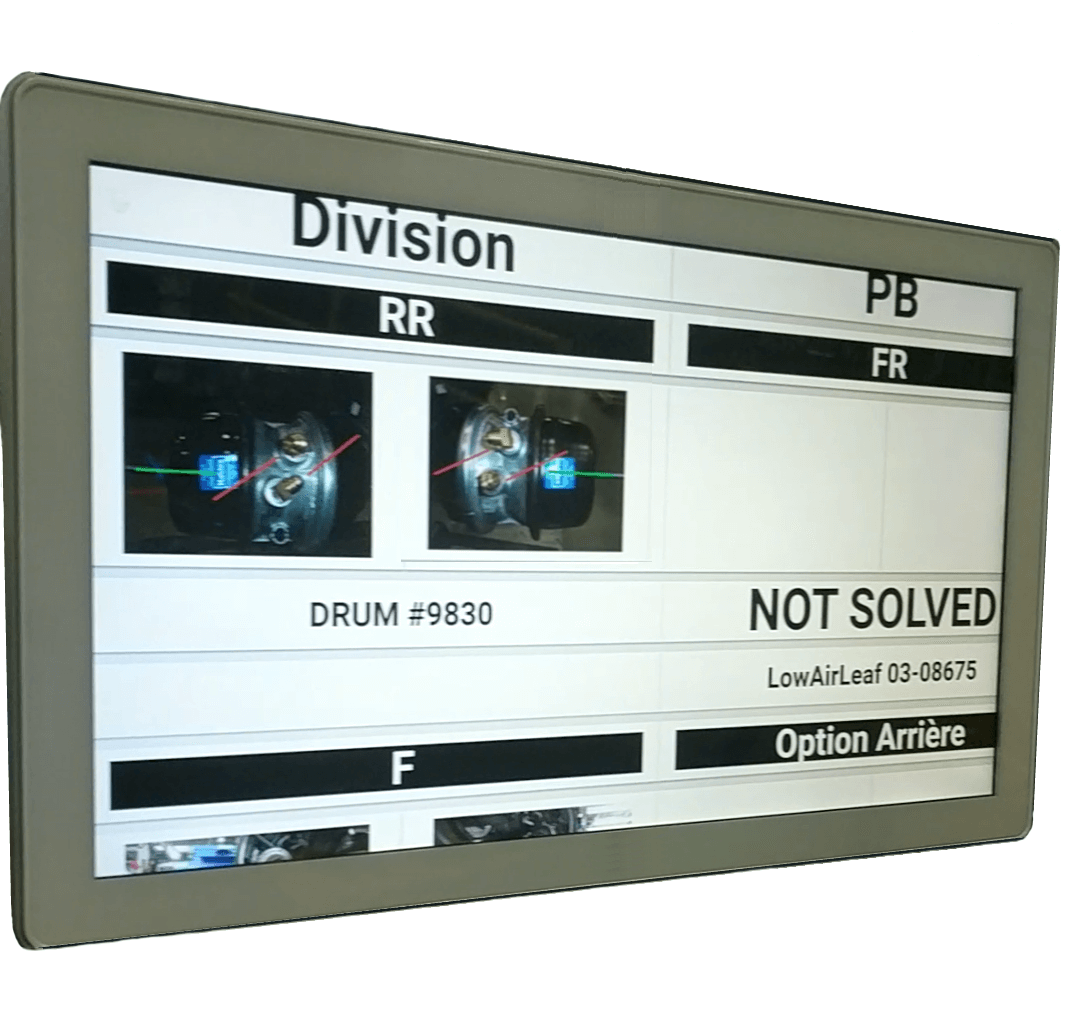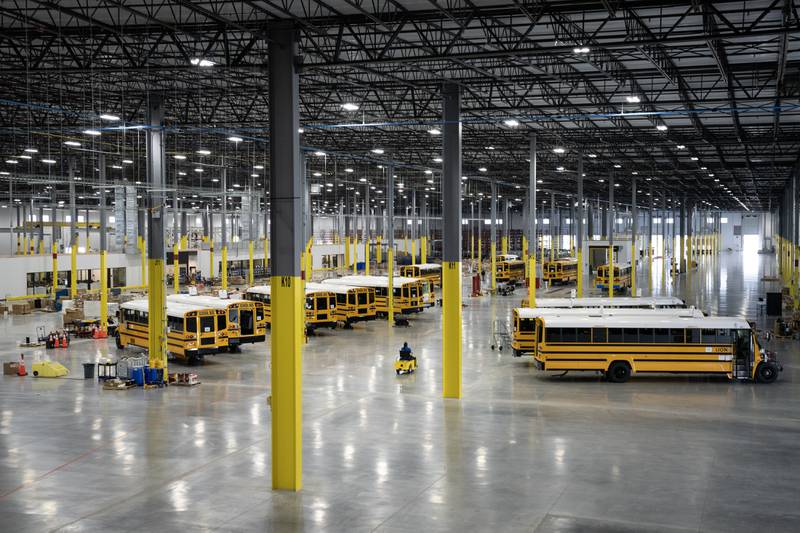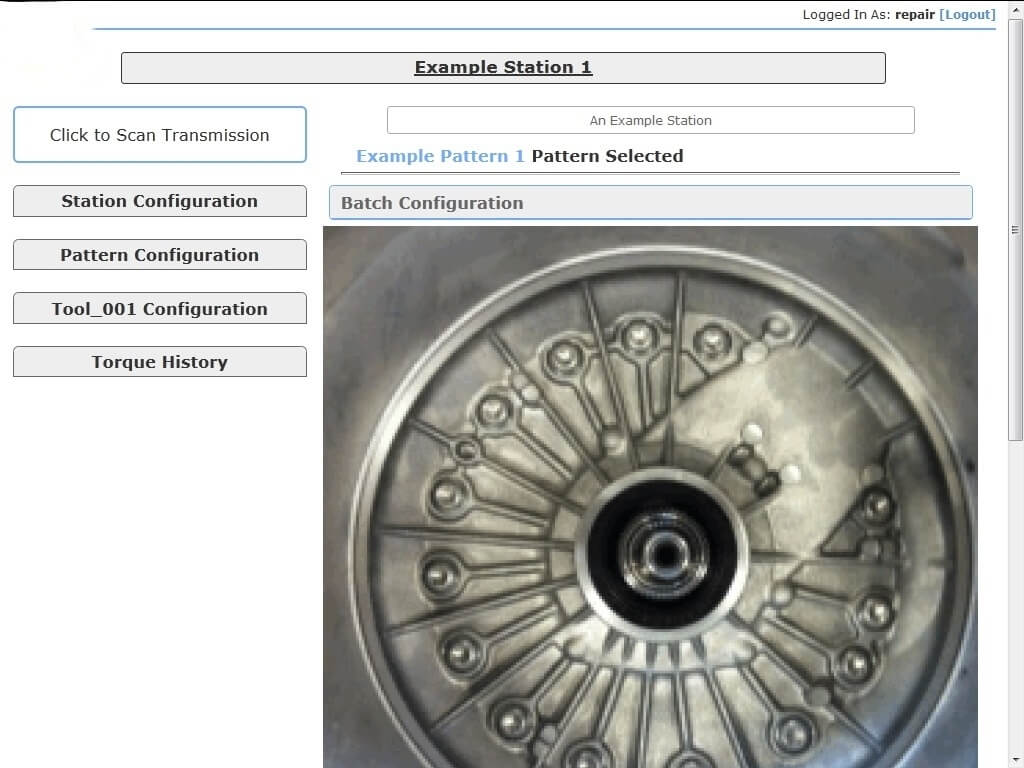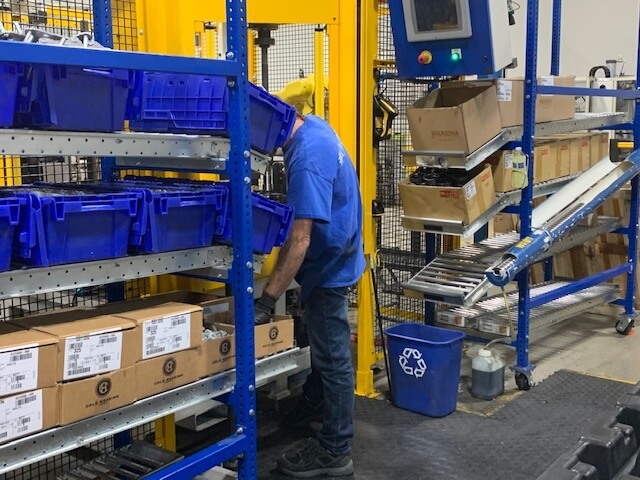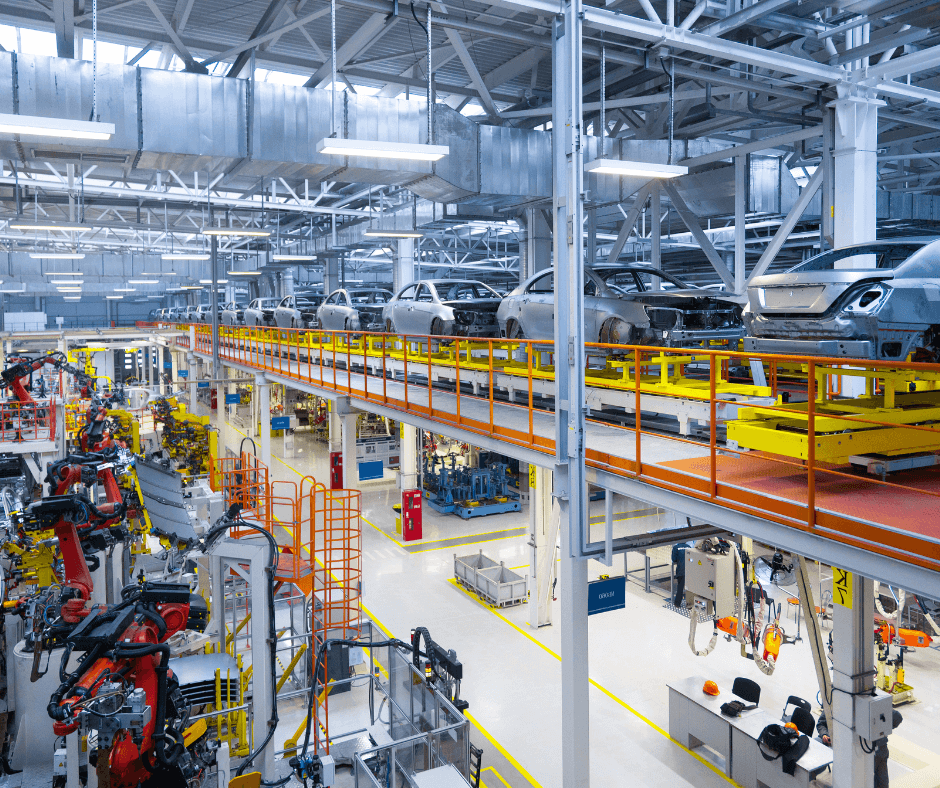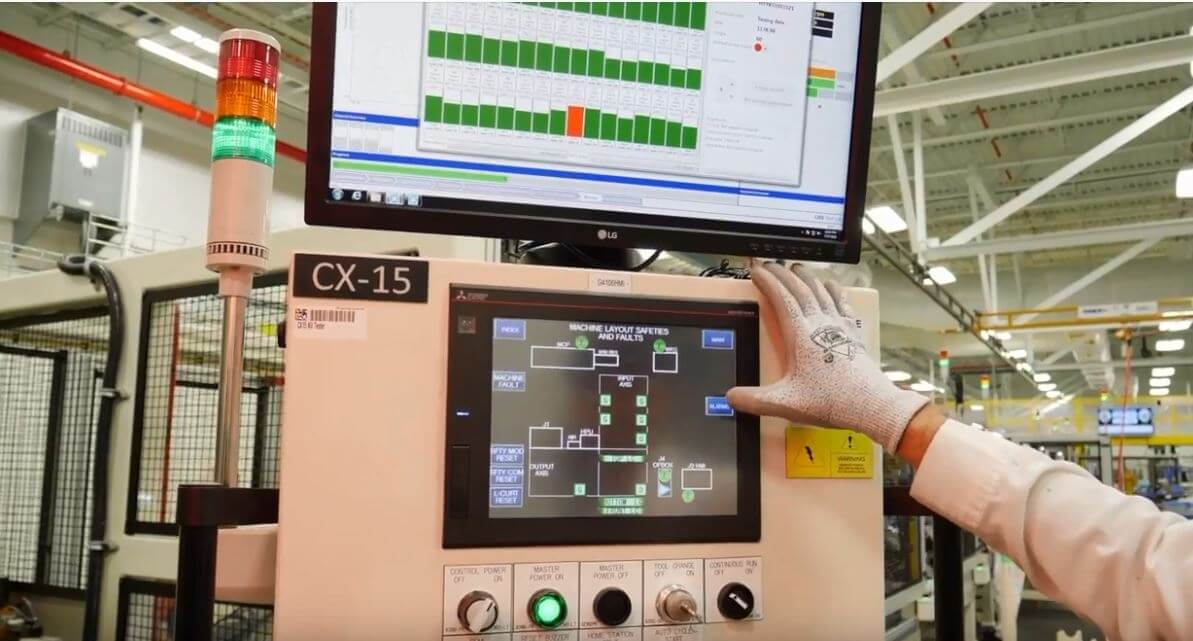Argonaut® Provides an MES solution featuring advanced real-time FIS reporting and automated control of a highly complex and variable production process.
One of the largest manufacturers of medium- and heavy-duty vehicles in the world partnered with RedViking to provide a full life-cycle Manufacturing Execution System (MES) to manage a highly complex automated manufacturing system.
Manufacturing systems vary significantly in the level of complexity required to build a product, in this case study, commercial trucks. In a simple production system, the parts produced are identical, each built to the same specifications and produce uniform products. As build specifications become more variable per vehicle, the level of overhead required to manage production grows in correlation with the level of variability.
The manufacturing system that we are examining in this case study is highly complex; with each truck build specification requiring the capability to execute a series of custom processes. The “source of truth” for the truck build specifications is a production system owned by the OEM and requires that the plant-floor MES system be able to pull build specifications to-order and be able to apply those specifications per VIN (Vehicle Identification Number).
Argonaut MES
RedViking’s Argonaut MES Platform was selected as the preferred MES solution. Argonaut offers a feature-rich platform that in this use case, delivered the robust solution required by such a highly complex manufacturing system. Argonaut was architected to solve the challenges of highly complex manufacturing systems and offers capabilities to provide integration services, complex process control, produce real-time dashboards and post-production analytics, and maintain a full life-cycle history of every vehicle produced.
Key Benefits:
- Accuracy and Efficiency of a Fully Automated Production System Integration
- Smart Automation and Process Control
- Operator Instructions, Error Proofing, and line-side Torque Tools
- Real-time Visibility of Station and Line State
Accuracy and Efficiency of a Fully Automated Production System Integration
One of the challenges the OEM in this case study was faced with was managing the highly complex manufacturing process efficiently, given that the production data and build specifications lived in the OEM’s ERP system and changed very often. This challenge could be addressed with a couple possible solutions; possibly manually duplicate (hand type) the production data from the OEM system into the MES system and present digital instructions to operators or maybe print the production data on paper “traveler’s” and pass paper build specifications downstream as the truck progressed through the assembly line. Both of these options included accepting risk of human error and lack of control over a non-digital system or introducing an inefficient, manual process of moving production specifications from the OEM system to the plant floor manufacturing execution system (MES).
The solution that the OEM selected was to leverage one of the Argonaut platform’s strengths, specifically Argonaut’s capability to integrate with other systems. Argonaut’s integration feature was able to import vehicle build specifications in-full prior to being introduced to the assembly line and leverage those specifications to determine which processes were required to build the truck. Leveraging Argonaut’s integration feature guaranteed accuracy of build specifications and a complete digital record of the full production process per truck.
Smart Automation and Process Control
The next challenge was how to leverage the dynamic, complex production specifications once migrated to the Argonaut platform. Fortunately, another one of Argonaut’s features, an advanced Solve engine, which provides the capability to configure conditional logic to be able to consume potentially thousands of build specifications per truck and determine exactly what is required at a process level for that vehicle. As each truck progresses through the production line, sequentially entering each production station, Argonaut knows what location it is currently in as well as what build specifications apply to that location and is Smart enough to know what processes to execute and how to execute them. Argonaut uses the truck’s unique build specifications and configuration to both execute the operation correctly but also how to determine the success or failure state of the operation.
Operator Instructions and Error Proofing
Argonaut’s Solve feature drives both automated and manual processes. Based on vehicle characteristics such as model or wheelbase and in combination with build specifications, station operators will be instructed or prompted to execute the appropriate process for that specific vehicle through the Argonaut industrial plant-floor computer displays. Based on the vehicle’s specifications, station operators will be presented with digital content which can include a static list of instructions, digital media, part numbers and descriptions, or a requirement of interactive approval or data entry.
Argonaut also leverages a vehicle’s build specifications, driven by the Solve engine, to automatically collect production data for each station and is able to contextualize collected production data in able to determine a pass or fail state for the station, providing the digital mechanism for Error Proofing a process.
Real-time Visibility of Station and Line State
In this case study, the customer requested a real-time visualization of every vehicle on the plant floor, by VIN and station, and communicate the status of the operation in relation to the expected time for that vehicle to be in any station.
The Argonaut engineering team developed a Live-View visualization that showed vehicle progress across a production line. The visualization included requested data such as Throughput-to-Plan metrics, station names and in-station countdown clocks, enabling line supervisors a quick way to identify bottlenecks and pro-actively mitigate production loss. The Live-View visualization was real-time and displayed vehicles as they moved from station to station.
The Axle Line View provides a real-time view of line performance, operations state, and Vehicle status
